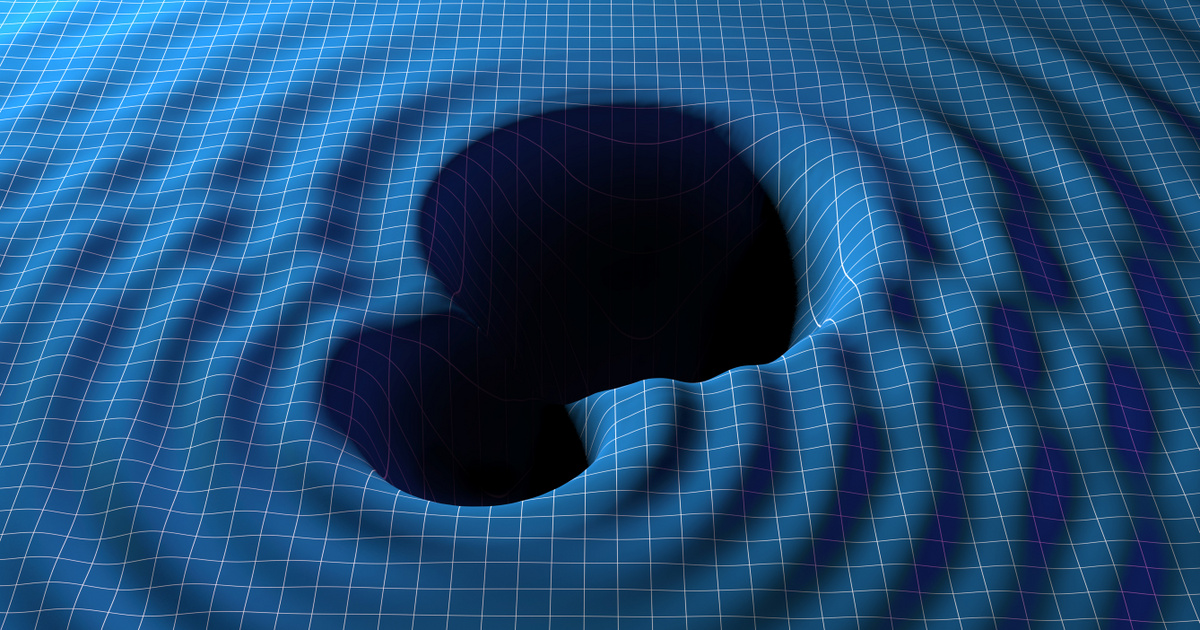An international research team has examined the impact of the shift from an inclusive lifestyle to food production on the health status of prehistoric European societies. According to their findings, this process initially led to the deterioration of their health as well as population growth.
The study, prepared with the participation of the Department of Anthropology at the University of Eötvös Loránd’s Faculty of Science, was published in April in the scientific journal PNAS – Proceedings of the National Academy of Sciences.
According to previous assumptions, the population has grown significantly since the start of food production, about 12,000 years ago, and public health has significantly deteriorated. The authors conducted a skeletal and archaeological study of 167 people living in Europe between the Upper Paleolithic – 36000 BC – and the Middle Iron Age – 400 BC.
Because environmental factors – in addition to genetics – – nutrition, starvation and common long-term diseases – play a major role in the development of adulthood.Provides information.
So the research compared estimated body height based on bone length with achievable body height based on genetic background. Examination of remains from the periods discussed also covered the so-called indicators of physical stress – the structural symptoms of malnutrition and anemia.
The results indicate that the body height, compared to the length available on the basis of genetic data, decreased significantly in the Neolithic era – with an average of -3.82 cm – and then increased in the Copper Age – by an average of +1.95 cm compared to the average height of the Stone Age the talk. In the Bronze Age – +2.7 cm – and in the Iron Age – +3.27 cm. Hungarian archaeological and anthropological research and genetic sample collection were coordinated by Tamás Hajdu – Department of Anthropology, Eötvös Loránd University.
Images: Getty Images
Researchers find the remains of a woman who lived 7,200 years ago: this is what Bess lived
The remains belong to a teenager whom researchers have dubbed Bess. Researchers said they first discovered ancient human DNA in the Wallacean archipelago, between mainland Asia and Australia.











































